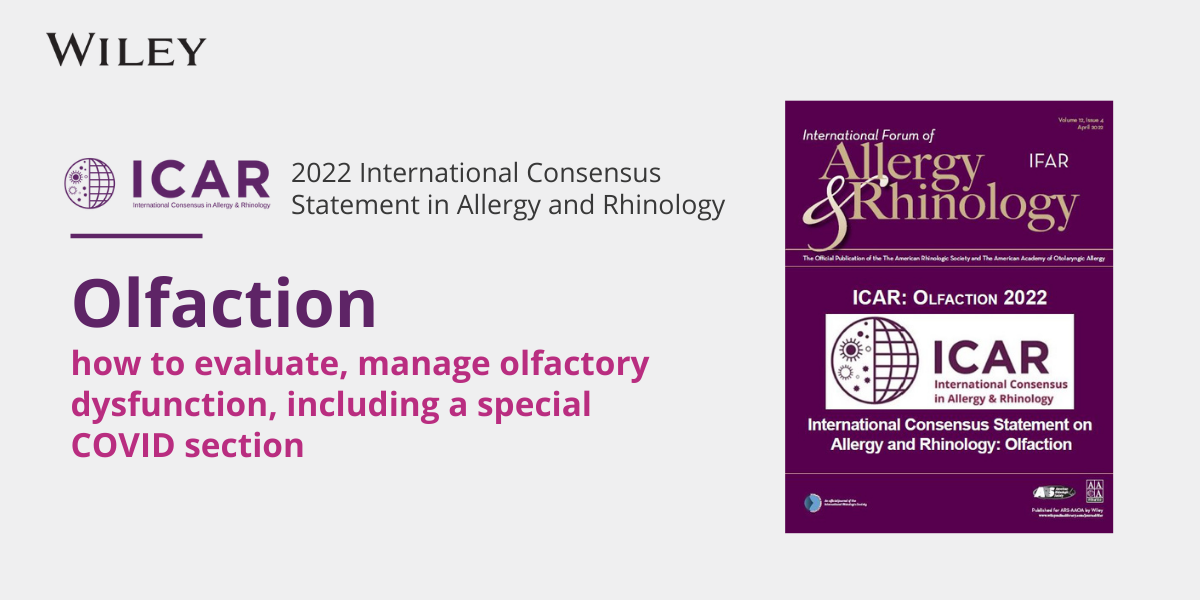
Living With Allergies
How To Treat Allergies At Home
By Dr. Kevin F. Wilson
Ear, Nose, and Throat Specialist
If you suffer from allergies, you’ve got lots of company. Nearly 50 million people nationwide battle allergies of some kind, including pollens, pets, molds, and foods. Allergies can manifest as a variety of problems, including hay fever, asthma, eczema, recurrent ear infections, and chronic hoarseness. Symptoms may include itchy-watery eyes, sneezing, nasal stuffiness and drainage, scratchy throats, and wheezing.
Some allergy sufferers experience symptoms all year. Others may only have problems during certain seasons or with specific exposures. Minimizing exposure to allergens, managing symptoms with medications, and desensitization with allergy shots or drops are all methods that can be useful in con- trolling allergic symptoms.
The best way to avoid allergic symptoms is to avoid the allergen that causes them. Unfortunately, many people don’t know what they’re actually allergic to, and depending on the allergen, it can be impossible to avoid. Still, simple things like wearing a mask when mowing the lawn, changing air filters regularly, and not letting the cat in the bedroom can make a significant difference for some people.
Medications such as nasal steroid sprays or antihistamines can be very helpful to control symptoms. Both over-the-counter and prescription medications are available, each with their advantages and drawbacks.
Immunotherapy, or allergy shots or drops, provides the only treatment method that can offer lasting relief or cure from allergies. This is because immunotherapy shifts the body’s response from an allergic to a non-allergic response. Rather than masking the symptoms of allergy as with medication, it can minimize the symptoms from occurring in the first place.
Allergy shots have been in use for decades. Although effective, shots can be a bit of a hassle. Allergy shots can only be administered in a doctor’s office; physicians also usually monitor patients for about 30 minutes after the shot is administered to make sure there are no adverse effects from the treatment.
Many adults and most children have an understandable aversion to needles. For grown-ups getting the shot, the anticipation every week of a jab in the arm can be emotional torture. Adults who must watch their children endure the pain, albeit quick, of that weekly sting may find it equally as difficult to watch. And the time spent driving to and from the doctor’s office for the weekly shot, then waiting the 30 minutes, can cause significant disruption to the daily routine
That’s why a different approach, known as sublingual immunotherapy (SLIT), has seen a dramatic increase in recent years. Instead of an allergy shot, a patient simply puts a few drops of the solution under their tongue. Patients (or parents) can administer the sublingual drops themselves at home.
Many doctors believe sublingual therapy is safer than allergy shots be- cause the drops under the tongue are absorbed into the system at a slower rate than the traditional allergy shots, thereby reducing the possibility of an adverse reaction.
Sublingual therapy is not new—it has been around since the 1970s and heavily used in Europe for years. In the United States, SLIT has not taken hold as quickly, partially because the treatment is still awaiting approval from the Food and Drug Administration (FDA). Without the go ahead from the FDA, insurance companies will not pay for the therapy. Allergy shots have had approval for years, and most insurance companies reimburse patients for their use.
Although sublingual therapy has not been approved by the FDA, that does not prohibit its prescription by doctors. In addition, numerous studies show the treatment is effective and safe for patient use.
And, it turns out, the cost can be quite comparable, even without insurance coverage.
Spotlight/News





